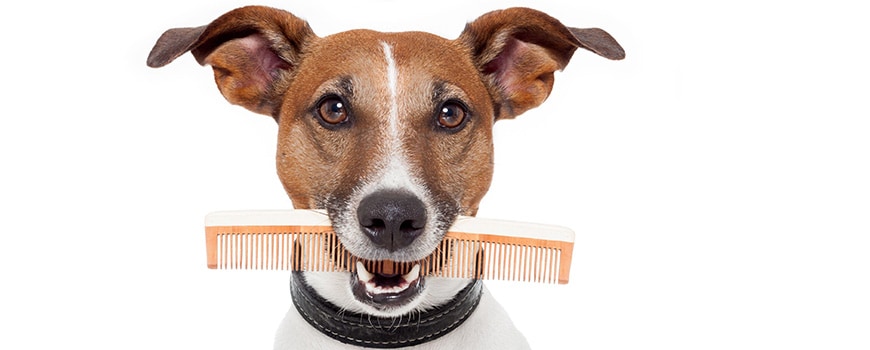Infection of the external ear canal (outer ear infection) is one of the most common types seen. The fact that your dog has recurring ear infections does not necessarily mean that his ears are the source of the problem – although they might be.
One common reason for ear infection in Goldendoodles is moisture in the ear canal, which in turn allows bacteria to flourish there. However, some dogs with chronic or recurring ear infections have inhalant or food allergies or low thyroid function.
Sometimes the ears are the first sign of allergy. The underlying problem must be treated or the dog will continue to have long term ear problems. Tell-tale signs include your dog shaking his head, scratching or rubbing his ears a lot, or an unpleasant smell coming from the ears.
If you look inside the ears, you may notice a reddy brown or yellow discharge, it may also be red and inflamed with a lot of wax. Sometimes a dog may appear depressed or irritable: ear infections are painful. In chronic cases, the inside of his ears may become crusty or thickened. Dogs can have ear problems for many different reasons, including:
- Allergies, such as environmental or food allergies
- Ear mites or other parasites
- Bacteria or yeast infections
- Injury, often due to excessive scratching
- Hormonal abnormalities, e.g. hypothyroidism
- The ear anatomy and environment, e.g. excess moisture
- Hereditary or immune conditions and tumors
In reality, many Goldendoodles have ear infections due to the structure of the ear. The long, hairy ears often prevent sufficient air flow inside the ear. This can lead to bacterial or yeast infections -particularly if there is moisture inside. These warm, damp and dark areas under the ear flaps provide an ideal breeding ground for bacteria.
Treatment depends on the cause and what – if any – other conditions your dog may have. Antibiotics are used for bacterial infections and antifungals for yeast infections. Glucocorticoids, such as dexamethasone, are often included in these medications to reduce the inflammation in the ear. Your vet may also flush out and clean the ear with special drops, something you may have to do daily at home until the infection clears.
A dog’s ear canal is L-shaped. which means it can be difficult to get medication into the lower (horizontal) part of the ear. The best method is to hold the dog’s ear flap with one hand and put the ointment or drops in with the other, if possible tilting the dog’s head away from you so the liquid flows downwards with gravity.
Make sure you then hold the ear flap down and massage the medication into the horizontal canal before letting go of your dog, as the first thing he will do is shake his head — and if the ointment or drops aren’t massaged in, they will fly out.
Nearly all ear infections can be successfully managed if properly diagnosed and treated. But if an underlying problem remains undiscovered, the outcome will be less favorable. Deep ear infections can damage or rupture the eardrum, causing an internal ear infection and even permanent hearing loss.
Closing of the ear canal (hyperplasia or stenosis) is another sign of severe infection. Most extreme cases of hyperplasia will eventually require surgery as a last resort; the most common procedure is called a “lateral ear resection”.
To avoid or alleviate recurring ear infections, check your dog’s ears and clean them regularly. Hair should be regularly plucked from inside your Goldendoodle’s ears – either by you or a groomer, or both. If your Goldendoodle is one of the very many who enjoys swimming, great care should be taken to ensure the inside of the ear is thoroughly dry afterwards – and after bathing at home.
If you do pluck the hair yourself, don’t overdo it. Keep an eye out for redness or inflamation of the ear flap or inner ear. Some owners also regularly bathe the inner ear with cotton wool and a mixture of water and white vinegar, or veterinary ear cleaner once a week or so.
When cleaning or plucking your dog’s ears, be very careful not to put anything too far down inside. The last thing you want is to damage the eardrum. Visit YouTube to see videos of how to correctly clean without damaging them. Do not use cotton buds, these are too small and can damage the ear.
If your Goldendoodle appears to be in pain, has smelly ears, or if his ear canals look inflamed, contact your vet straight away. If you can nip the first infection in the bud, there is a chance it will not return. If your Goldendoodle has a ruptured or weakened eardrum, ear cleansers and medications could do more harm than good. Early treatment is the best way of preventing a recurrence.

